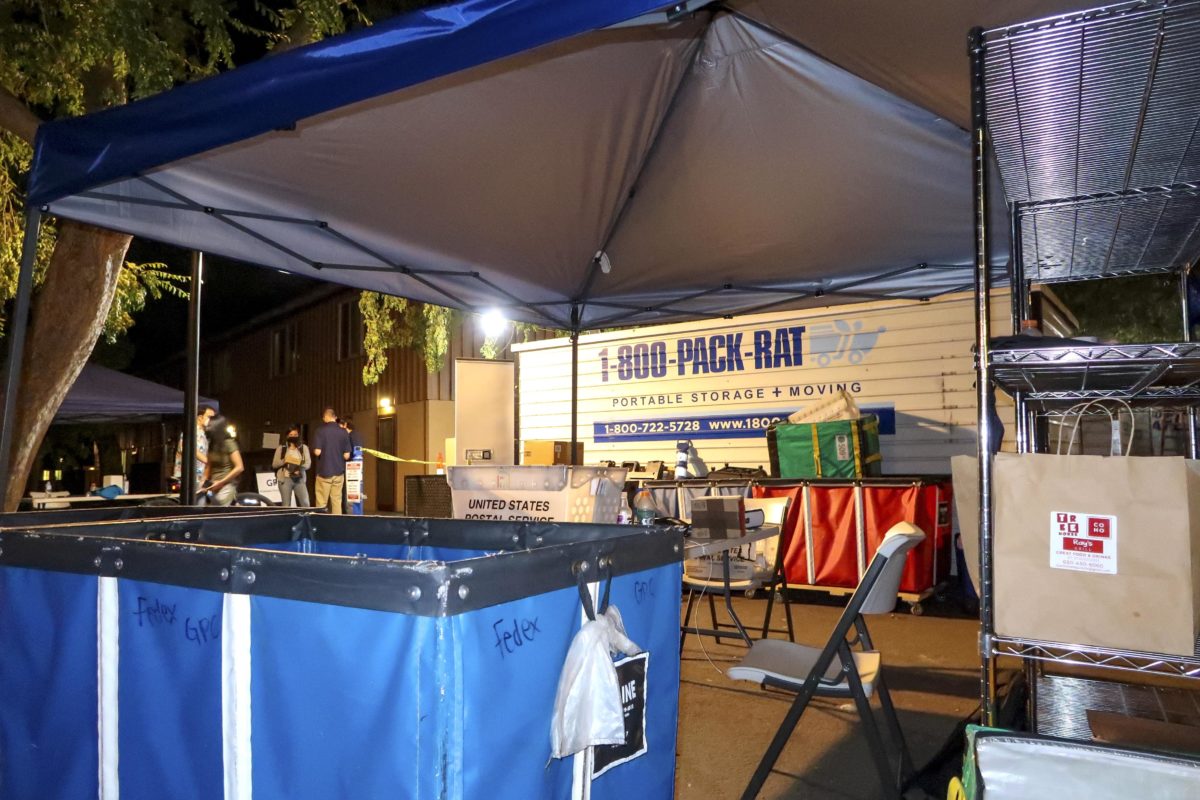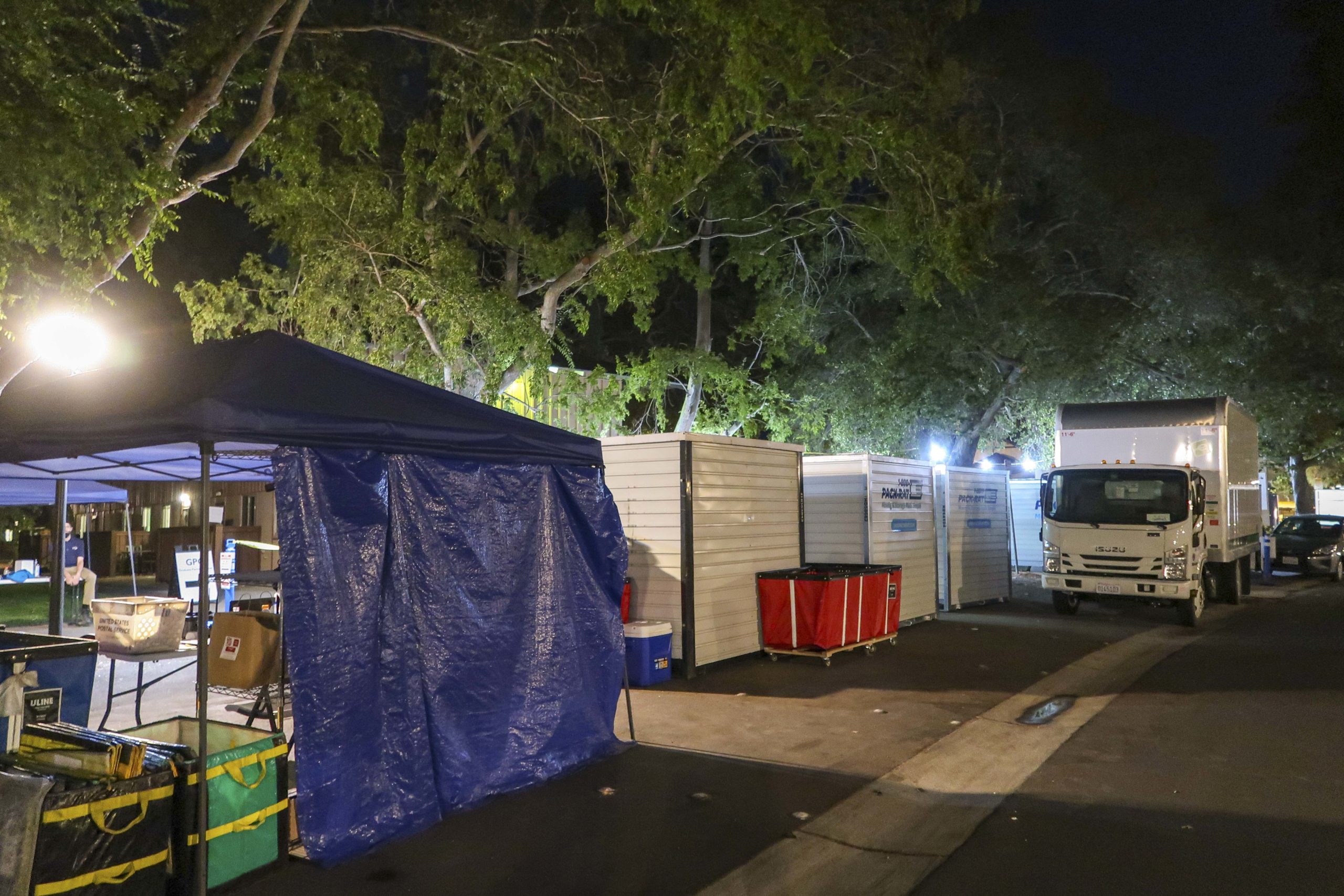Lost packages, blocked streets and week-long waits took center stage among a litany of complaints about which graduate students grilled housing representatives during Wednesday’s Graduate Student Council (GSC) meeting.
The concerns come amid a hectic transition to a new package delivery infrastructure that has drawn outrage and confusion from undergraduate and graduate students alike. After a long-standing partnership, Stanford Residential & Dining Enterprises (R&DE) parted ways with FedEx at the beginning of the academic year, moving to UG2 as the University’s mail service provider.
R&DE and UG2 representatives acknowledged that they are still working to iron out the kinks and apologized for the obstacles students have faced since their return to campus.
“We’ve been knocking ourselves out to try to get the problem fixed,” said Lou Lanzillo, the CEO of UG2. “I hope that you appreciate that we are as frustrated and concerned and disappointed as you are. We certainly can empathize and we are very apologetic for what we have gone through to get to where we are. But we feel like we have turned the corner.”
While many of the package delivery complaints have been consistent across undergraduate and graduate communities, many graduate students are reporting safety and accessibility issues unique to their residential situation. For weeks, students in Escondido Village low-rise residential buildings that border the Graduate Package Center (GPC) have battled a line of delivery trucks that occupy their roads due to insufficient storage space.

Dan Muise, a sixth-year Ph.D. candidate in communication who lives in the Escondido Village Low-Rise apartments, said that, along with incessant noise in the middle of the night from package unloading, the overflow from the GPC poses safety concerns to low-rise residents.
“I’m sure these workers are working extremely hard, I see them there all the time. And I get to listen to them all the time as well,” Muise said. “I really have no problem with them, but I have a huge problem with whoever thought this was a spot to set up business operations. It’s just fundamentally not.”
Lanzillo said that the overflow is a temporary solution to the lack of capacity in the GPC and that the representatives are looking for a space large enough to accommodate the volume of graduate student deliveries. While Lanzillo acknowledged that this is not an optimal solution, he said they are trying to figure out an alternative location.
While UG2 and R&DE are still looking for solutions to the capacity issue, Lanzillo said that there has been tangible progress on the topic of processing packages and notifying students. After weeks of lost packages and delays, UG2 switched to a new processing system earlier this week where package centers scan packages into their system and automatically send out an email to the recipient within 24 hours.
Still, Chloe Glikbarg ’21 M.S. ’22 said that she and many other students are disturbed by how long it has taken for the change to be implemented and by the timing of the mail service provider switch.
“If you guys did see this coming and knew that this was going to be such a particularly painful time to make such a huge transition, why weren’t actions taken to preempt this?” Glikbarg asked. “I think that’s where I’m really confused, and to be honest a bit upset.”
According to Executive Director of R&DE Student Housing Imogen Hinds, the FedEx contract expired at the end of summer, at which point R&DE held an open auction process with multiple mail service providers.
This article has been corrected to reflect that Dan Muise lives in the Escondido Village Low-Rise apartments. The Daily regrets this error.
